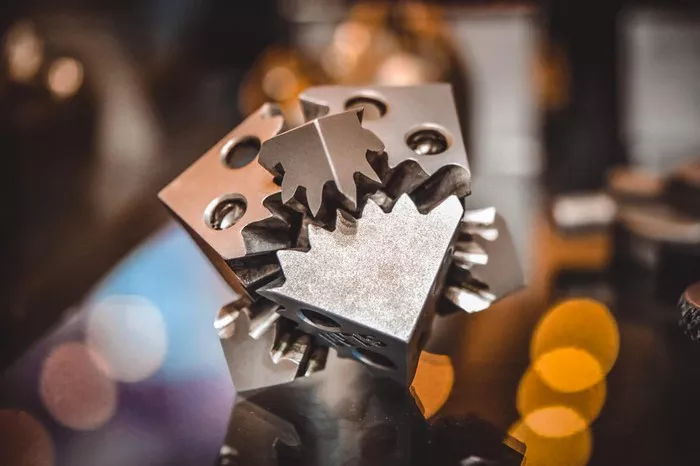Ford has provided an update on the progress of Red Bull’s Formula 1 power unit, set to debut in 2026, marking the team’s first season as an engine manufacturer. The American automaker, which has partnered with Red Bull for the new era of F1 power unit regulations, has detailed the current status of the development from its perspective.
Ford’s involvement comes after Honda’s departure from the sport, which shifted its focus to Aston Martin. As Red Bull Powertrains (RBPT) works toward becoming a fully-fledged Original Equipment Manufacturer (OEM), Ford is stepping in to support the team’s transition.
The partnership between Red Bull and Ford is critical, particularly given the sweeping changes to F1 engine regulations for 2026. Mark Rushbrook, Global Director at Ford Performance, emphasized the importance of their technical and strategic collaboration for the future performance of the six-time Constructors’ Champions.
“The partnership is growing stronger every day, from the early discussions to the moment the contract was signed, although work began before that,” Rushbrook told Motorsport.com’s Dutch branch. “We’re contributing in several areas, and we’re on track with our timeline for the internal combustion engine (ICE) and electrical components.”
While progress has been made, Rushbrook noted that there is still much work ahead, particularly in terms of durability. However, he commended the partnership’s success, describing the collaboration as exceeding expectations. “The openness, trust, and contributions from both sides have been excellent, and it’s everything we hoped for – and more,” he said.
Initially, Ford’s role was limited to handling power unit electronics, but the scope of the partnership has expanded. Ford is now also responsible for producing the internal combustion engine. Red Bull is tapping into more of Ford’s expertise and resources, including its advanced manufacturing capabilities and 3D printing technologies.
“Initially, our focus was on electrification. But with our advanced manufacturing facility and 3D printing machines, we’re able to produce components in real time,” Rushbrook explained. “We are literally making parts daily in Dearborn, shipping them to Milton Keynes for testing in the lab.”
On the progress of the power unit’s development, Rushbrook confirmed the project is meeting its targets, although he cautioned that achieving perfection is unrealistic. “Yes, we are hitting our targets, but you can’t expect everything to be 100 percent,” he said. “In terms of power output, we’re right on track, but it’s all about balancing reliability with performance.”
As development progresses, Rushbrook pointed out that continuous testing and refinement are key. “When the engine develops more power, it’s always about testing its reliability,” he concluded. “It’s a cycle of power and reliability, power and reliability.”
The 2026 season promises to usher in a new era of Formula 1, with Ford and Red Bull working together to ensure the team is fully prepared for the challenges ahead.

